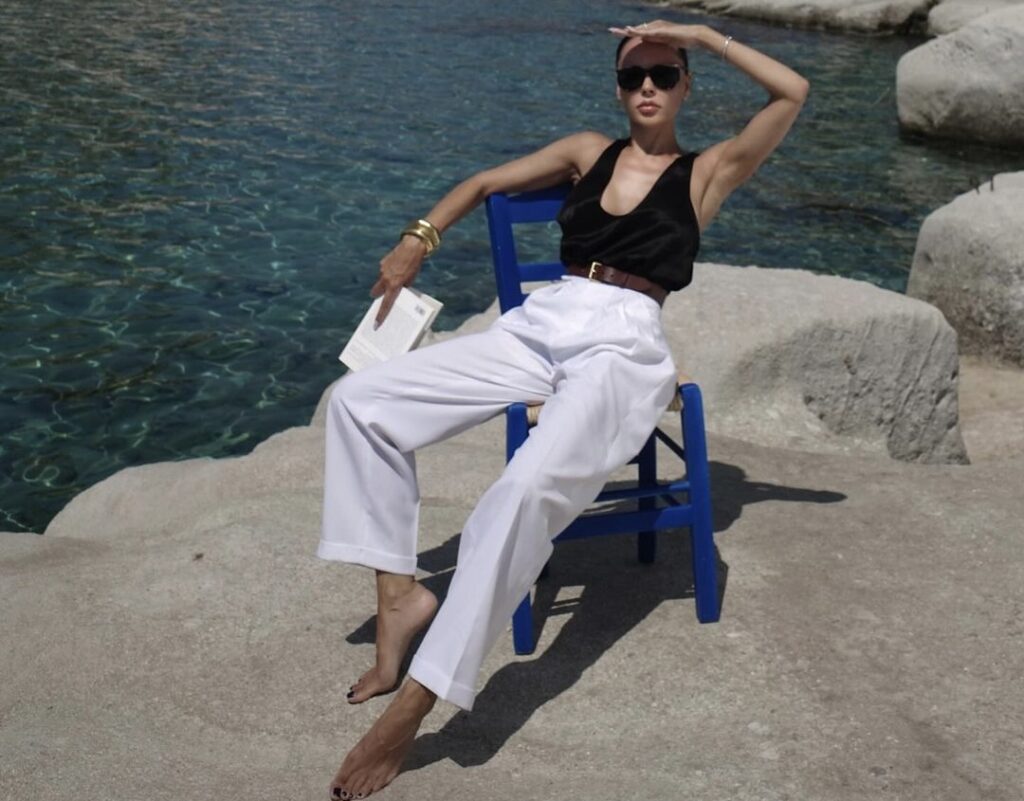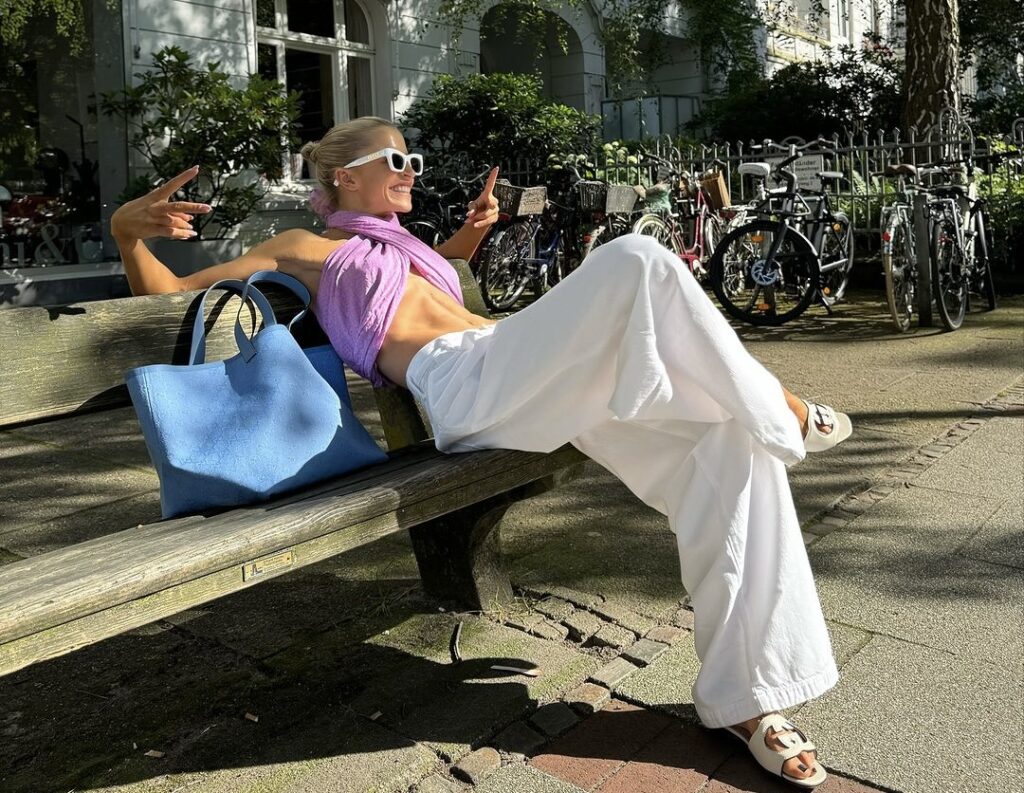

Dizajnerica Karla Špetić sve je poznatije ime na svjetskoj modnoj sceni, a baza joj je u dalekoj Australiji.
Silom ratnih prilika prije nešto više od dvadeset godina, Karla je sa svojom obitelji bila prisiljena napustiti Dubrovnik. Danas svojim drugim domom zove Sydney gdje gradi vrlo uspješnu modnu karijeru kao dizajnerica. Celebrity svijet već je u nekoliko puta birao upravo njez dizajn za crveni tepih, a njezine se kolekcije redovito predsatvljaju na tjedniam mode u Australiji.

No, ono što ju zanima više od takve vrste prepoznavanja jest osjećaj za ‘sporu modu’ te za stvaranje kvalitetnih održivih kolekcija. Svom dizajnu pristupa iskreno, bez razmišljanja o trendovima i kome bi se mogao svidjeti. Rezultat su bezvremenski autentični komadi u kojima se svi mogu pronaći. Osim vlastite linije odjeća, Karla je otvorila i concept store Our Store, u Sydneyju, zajedno sa suradnicima u sklopu kojeg promoviraju nove mlade dizajnere.
https://www.instagram.com/p/B7W0hsZAI-j/
https://www.instagram.com/p/B7SCRVbA5E8/
https://www.instagram.com/p/B4_t2omgxoG/
https://www.instagram.com/p/B41Wd-Eg9ki/
https://www.instagram.com/p/BzeeZMCAcy6/
https://www.instagram.com/p/By9RlmwgheJ/
Foto: Instagram Karla Spetic






